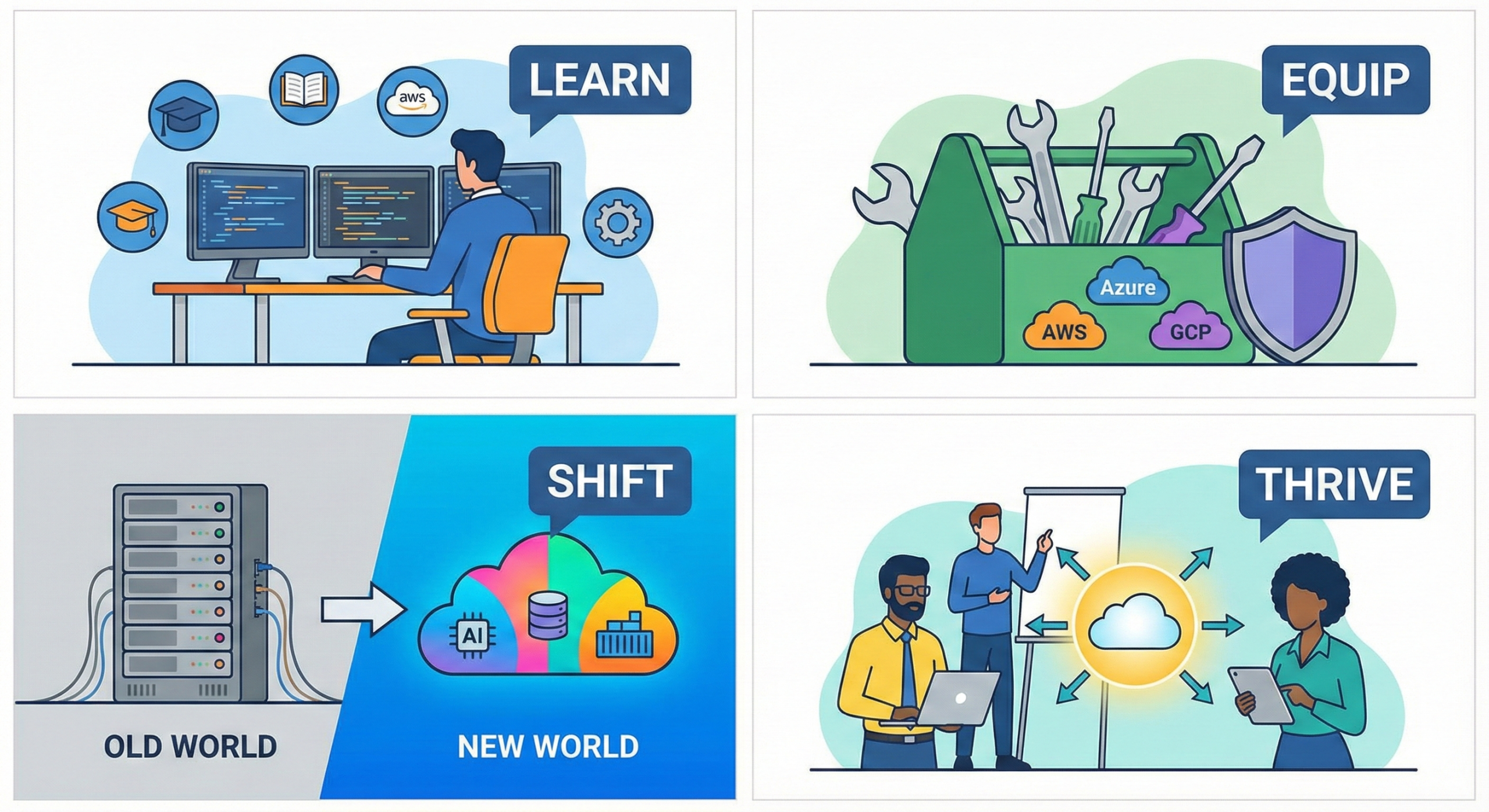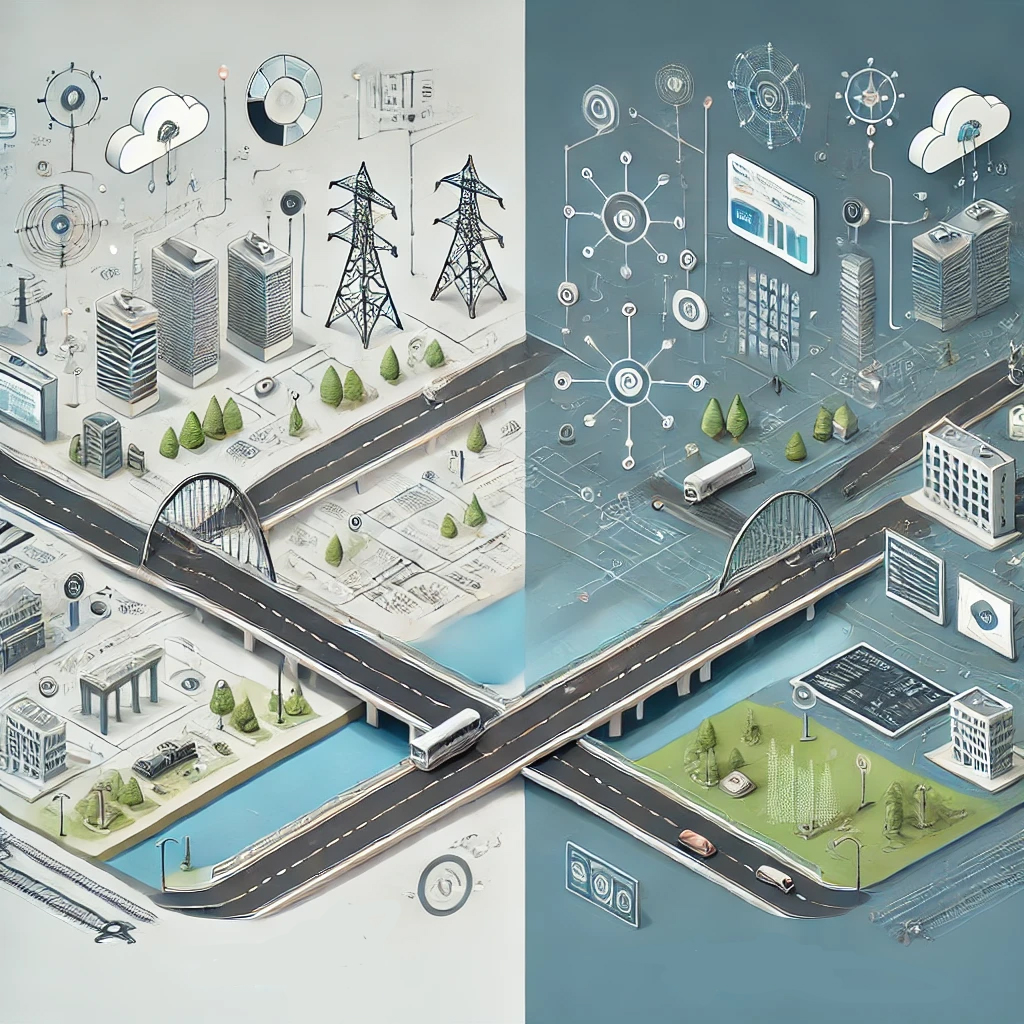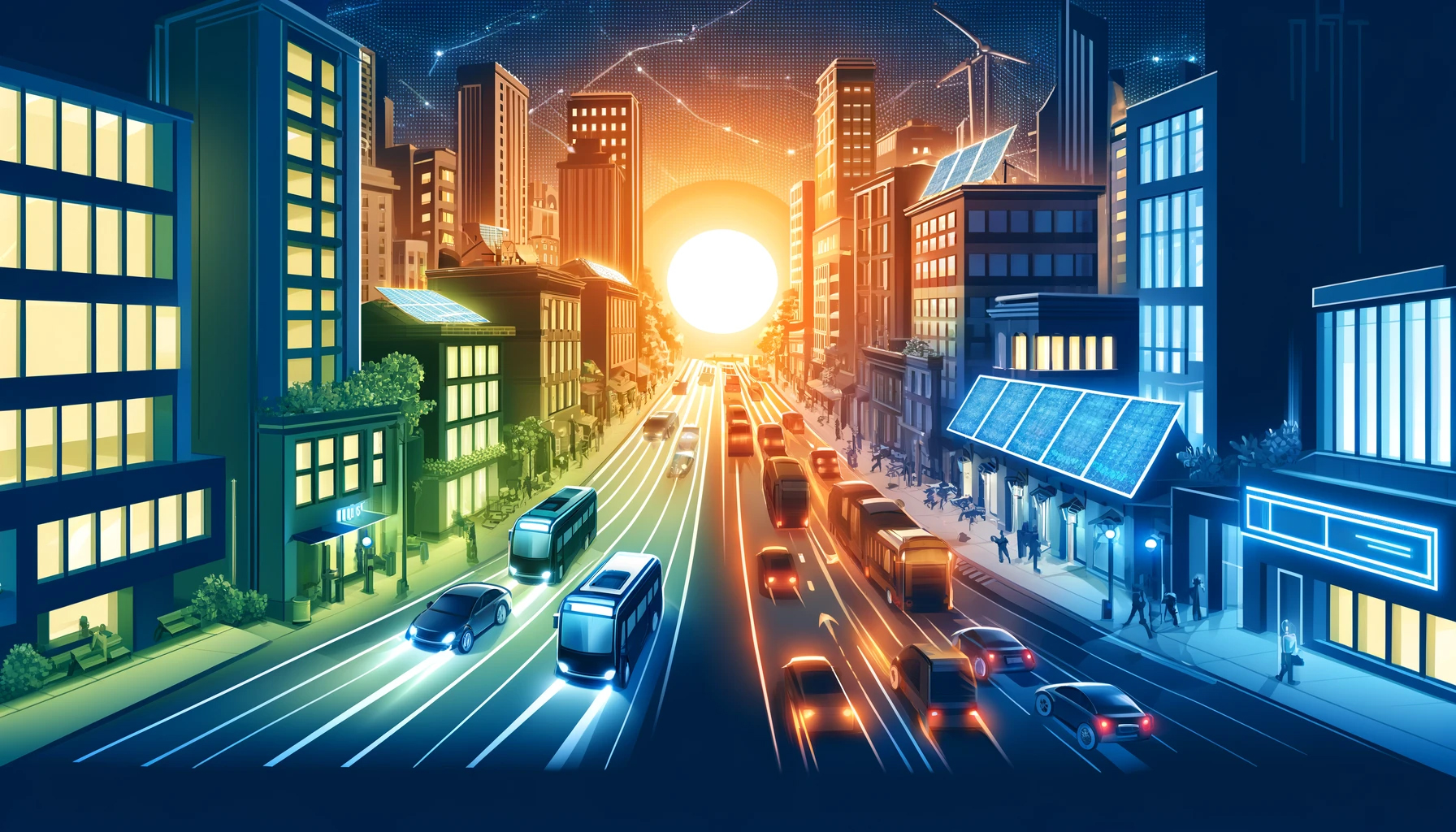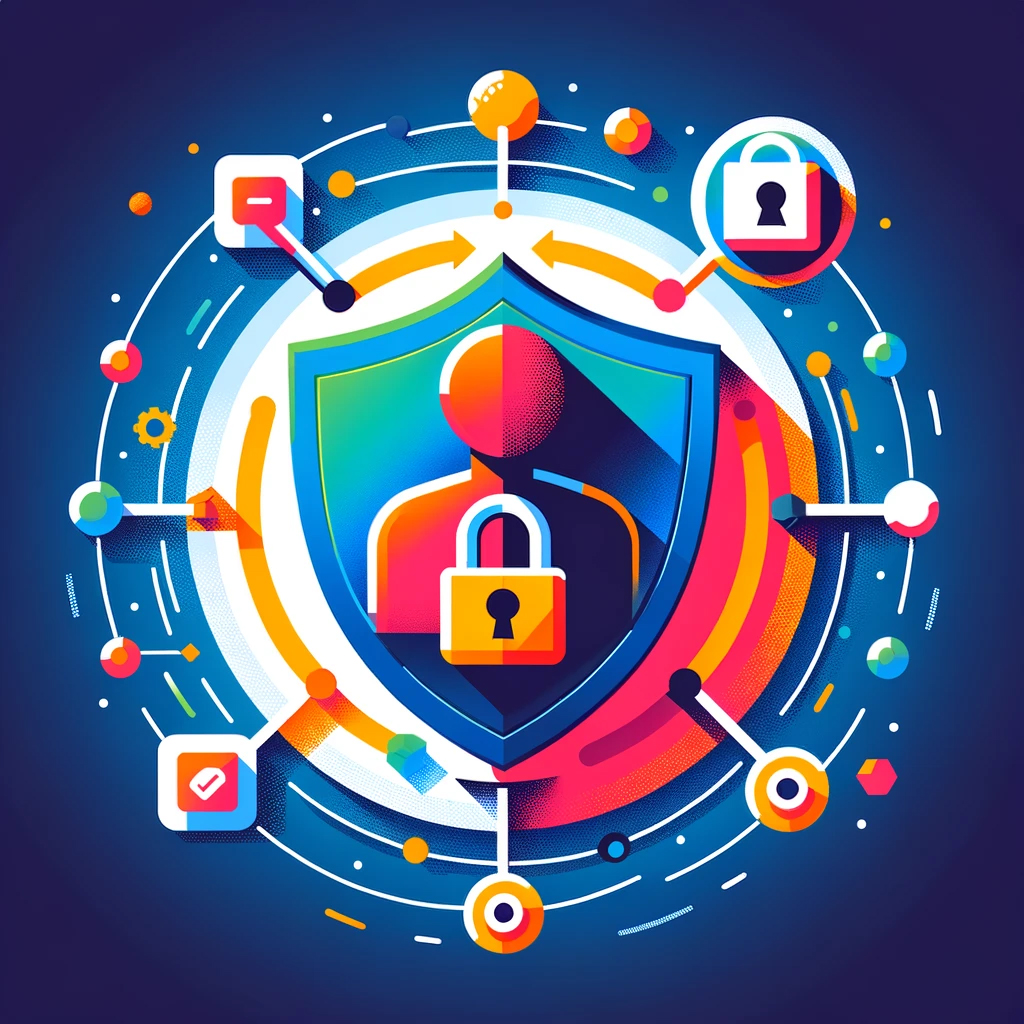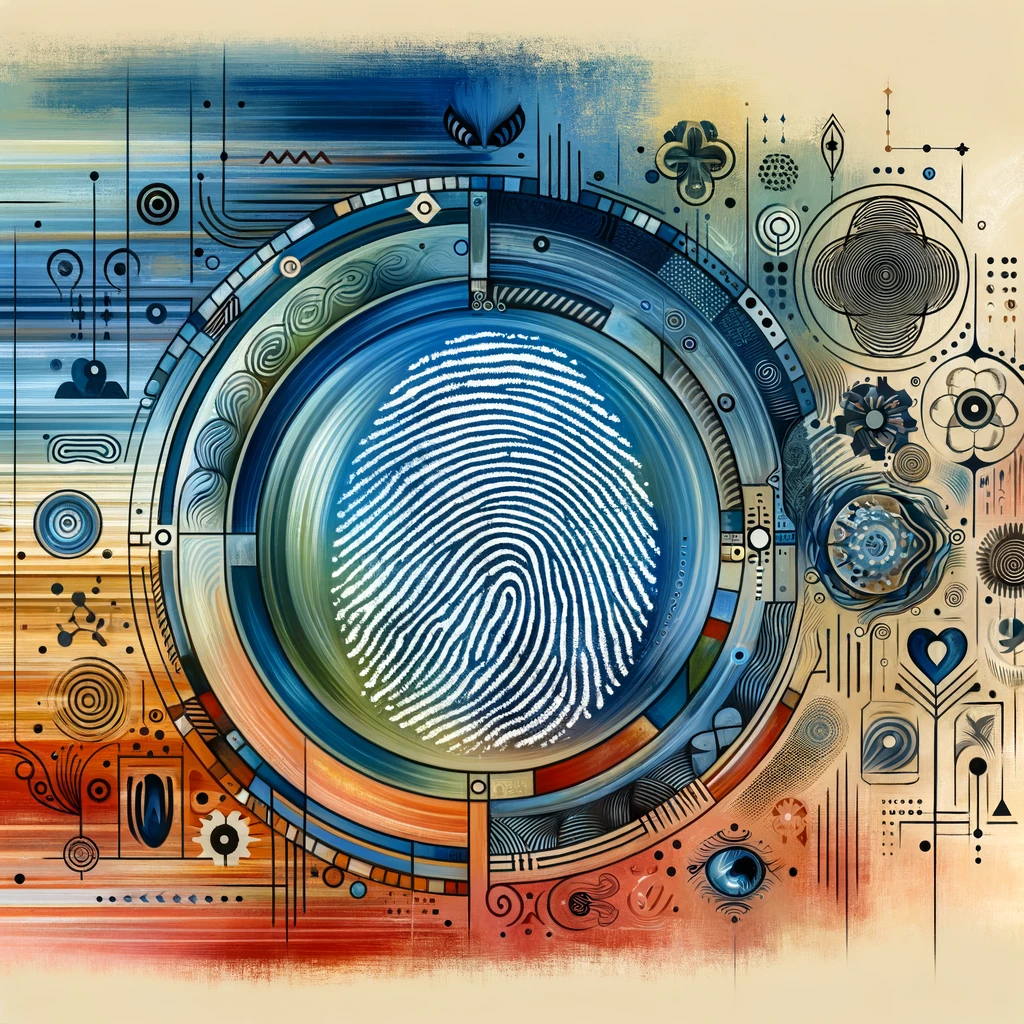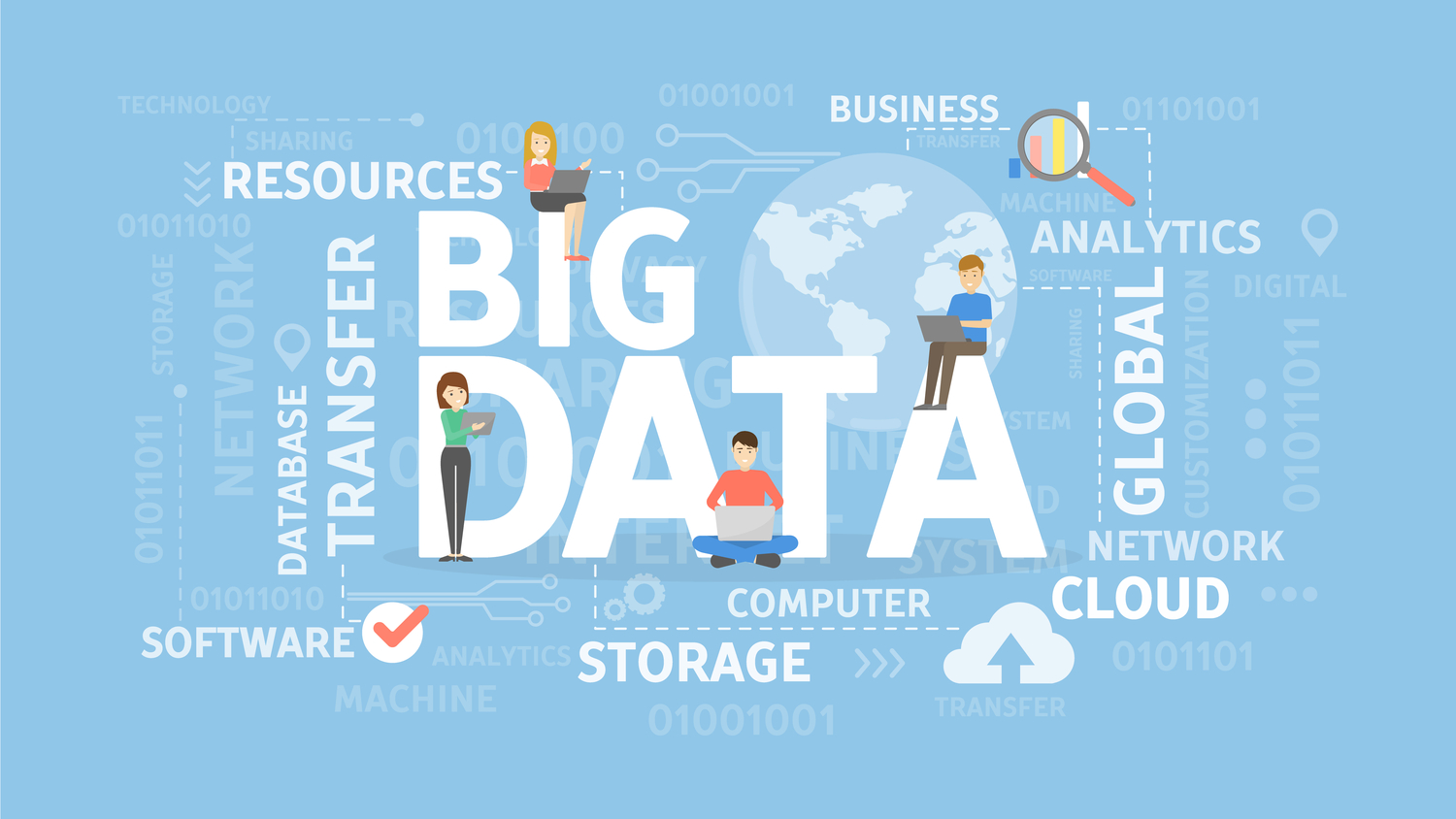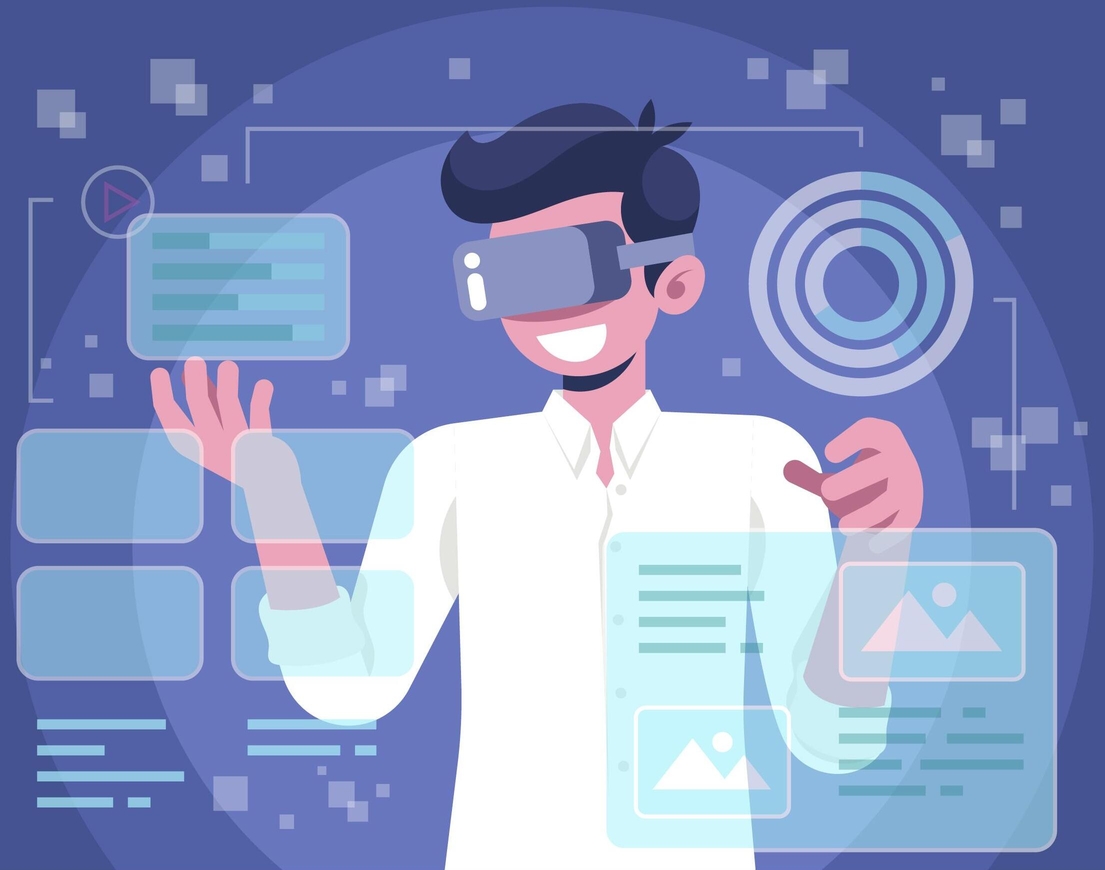The backbone of any digital society is its connectivity. Whether it is facilitating seamless e-Government Procurement (e-GP) or powering the next generation of AI-driven enterprise solutions, speed is the silent […]
Software Pros: It’s Time to Get Equipped for the New World
For veterans of the software industry, the historical constraints are well-known: limited storage, expensive hardware, and the constant risk of physical server failure. Today, those constraints have largely evaporated, replaced […]
E-Governance vs. GovTech: Decoding the Tech Revolution in Government
The rapid evolution of technology has transformed public administration, bringing e-governance and GovTech to the forefront. While often used interchangeably, these terms have distinct meanings. This blog breaks down the […]
Transforming Cities and Security: The Digital Twin Revolution
In today’s rapidly evolving digital landscape, governments are turning to digital twin technology to enhance infrastructure management, bolster public safety, and optimize resource allocation. By creating virtual replicas of physical assets, such as bridges, roads, and public buildings, governments can monitor real-time data, predict maintenance needs, and simulate various scenarios to improve decision-making. While digital twins offer numerous benefits, including increased efficiency and security, they also introduce new challenges that require robust strategies to protect sensitive information and critical systems.
Renewable Rethink: Cleantech’s Drive Towards a Sustainable Future
Amidst the growing environmental crisis, cleantech emerges as a cornerstone of sustainability, offering innovative solutions across multiple sectors. By harnessing the power of renewable energies like solar, wind, and geothermal, alongside advancements in carbon capture and sustainable transportation, cleantech is paving the way for a greener future. These technologies not only mitigate the impacts of climate change but also promote ecological balance by integrating eco-friendly practices in daily operations and energy production. The continuous improvement in photovoltaic efficiency, cost-effective wind energy solutions, and reliable geothermal systems exemplifies the dynamic progress in the field. As the world commits to sustainable growth, cleantech stands at the forefront, embodying the synergy between technological innovation and environmental stewardship.
Dawn of a New Web: Data Privacy Reimagined in Web 3.0
Web 3.0 is a new era in data privacy where users have control over their data, unlike in Web 2.0 where data was centralized and used without transparency or user consent. Web 3.0 embraces decentralization and self-sovereign identity (SSI), enabling users to own and control their data and decide what to share and with whom. Decentralized networks make it nearly impossible for any single entity to control the data, and users can receive direct compensation for its value. Self-sovereign identity (SSI) enables users to securely store verified credentials and share them on a need-to-know basis, granting granular control over identity and minimizing the risk of data breaches. However, Web 3.0 faces challenges such as scalability, interoperability, and user adoption, and regulatory frameworks need adaptation to balance individual data control with societal interests. Collaboration among regulators, developers, and civil society is essential to navigate these challenges and ensure responsible innovation. The ethical evolution of Web 3.0 depends on establishing clear guidelines and best practices for data privacy and security, prioritizing individual rights while fostering innovation. Initiatives like Solid and the advocacy of privacy experts like Bruce Schneier can pave the way for a future where privacy and security are integral to the internet’s evolution.
Multi-Factor Magic: Manoeuvring Through the Maze of Multimodal Authentication
In the digital age, security is a paramount concern, leading to a shift from traditional password-based systems to multimodal authentication. This approach layers multiple defense mechanisms, including biometric identifiers like fingerprints, iris scans, voice recognition, and behavioral biometrics, along with knowledge-based factors such as passwords. By integrating these diverse methods, multimodal authentication offers a more robust defense against sophisticated cyber-attacks, enhancing the security and trustworthiness of digital transactions. The evolution from passwords to advanced biometrics marks a significant advancement in authentication methods, addressing the challenges of technological integration, privacy concerns, and balancing security with convenience. This new paradigm in security holds promise for a more secure, efficient, and user-friendly future in digital authentication.
Bias in Big Data: Navigating Algorithmic Fairness and Equity
Algorithms, integral to today’s data-driven world, can inadvertently perpetuate biases, impacting areas like loan approvals and facial recognition systems, leading to societal inequalities. These biases stem from data collection methodologies, algorithm design, and human decision-making, reflecting incomplete or biased information. Unconscious human biases also seep into algorithm crafting, underscoring the importance of diverse development teams to counteract this effect.
Diverse and inclusive datasets are crucial to address bias in big data analytics. Fairness-aware algorithms and continuous monitoring using fairness metrics help counteract biases. Transparency and explainability in AI systems are essential for identifying and removing biases.
Responsible AI implementation requires ethical frameworks, public awareness, and ongoing research to mitigate bias. It’s imperative to prioritize fairness and equity in the digital realm, ensuring AI contributes to a just and equitable future for all.
Innovative Inclusivity: Tech’s Transformation in Traditional Classrooms
Traditional classrooms can be a challenge for students with disabilities, but inclusive education embraces differences. Technology, such as text-to-speech software and virtual reality, can help students overcome learning gaps and provide more opportunities for them to learn.
Adaptive technology is particularly helpful as it can customize learning experiences to accommodate individual needs. This technology can help create inclusive and diverse learning environments, where all students can learn together.
There are many technology tools available to support inclusive learning, including virtual reality simulations and personalized learning platforms based on Universal Design for Learning principles. However, it is essential that educators receive proper training in order to use these tools effectively.
The future of education depends on technology’s ability to create inclusive classrooms. Collaboration among educators, policymakers, and tech developers is key to unlocking the potential of technology for equitable education.
Augmented Reality’s Privacy Paradox: Safeguarding User Data in an Evolving Digital Landscape
Augmented Reality (AR) is a technology that combines digital and physical worlds but raises privacy concerns due to its extensive data collection. To protect privacy, Privacy-by-Design principles should be embedded into development, granular user controls should be offered, and transparent data collection disclosures ensured. Regulatory frameworks specific to AR are necessary, along with user education, tools, and advocacy for user-friendly privacy controls. Balancing technological innovation and privacy preservation in AR is crucial for safeguarding individual autonomy and data privacy.

